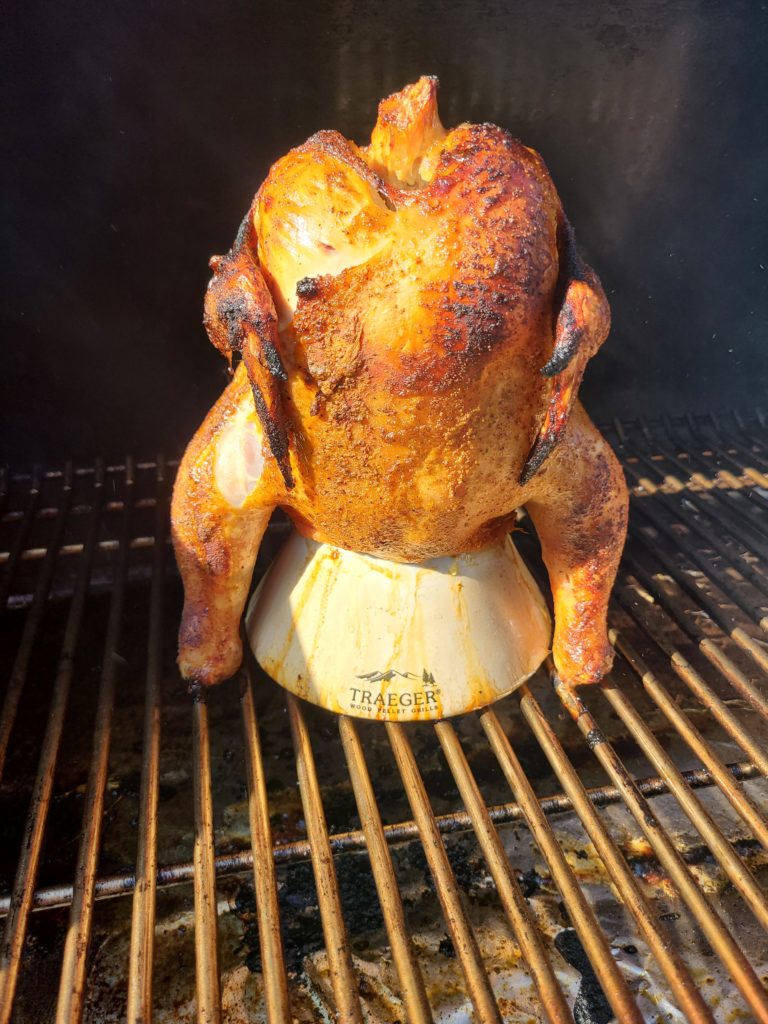
A meal in every stick! You can make out of Flank Steak or Beef Brisket.
You can make beef jerky as simple as applying a dry rub and go, or marinating overnight. If you want to go the long way, give this a try:
- 5 pounds flank steak or beef brisket flat
- 3/4 C Worcestershire Sauce
- 1/2C A-1 steak sauce
- 1/4C soy sauce
- 2t chili paste
- 6 garlic cloves
- 1T salt
- 1T Cayenne pepper (or to taste)
- 1T onion salt
- 1t lemon pepper
Cut the meat against the grain. Use flank steak if you want a tender and tasty jerky. Use beef brisket if you want a meatier meal in a stick. Whichever you choose, cut them about 1/4″ thick.
Combine all the dry ingredients with the liquids and blend well. Mix in the meat slices and marinate for 24 hours.
Drain well and pat dry before cooking. Place in smoker at lowest level (150-170F) for 5 hours. Make sure the meat does not touch the other pieces. You can hang from an upper rack using a skewer and threading the meat through the grill grate. After 5 hours, turn the heat up to 225 and cook until done. You’re looking for the meat to be dry, but chewy. Watch the jerky closely, as it will continue to cook after you pull it off the grill. Allow to cool and refrigerate until ready to eat.
















